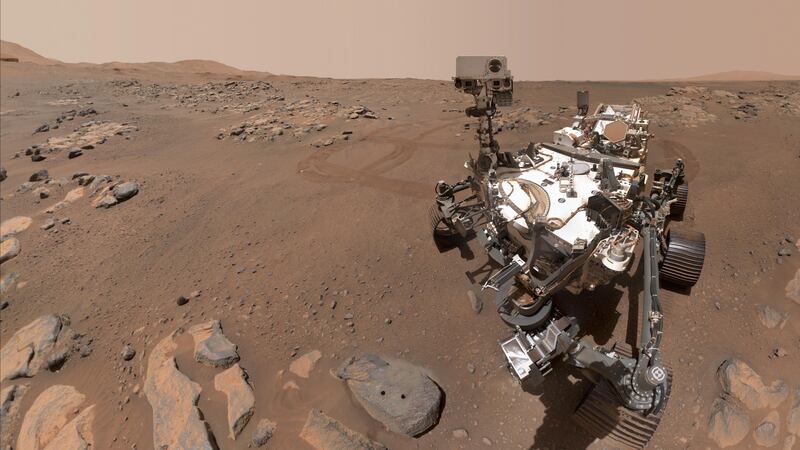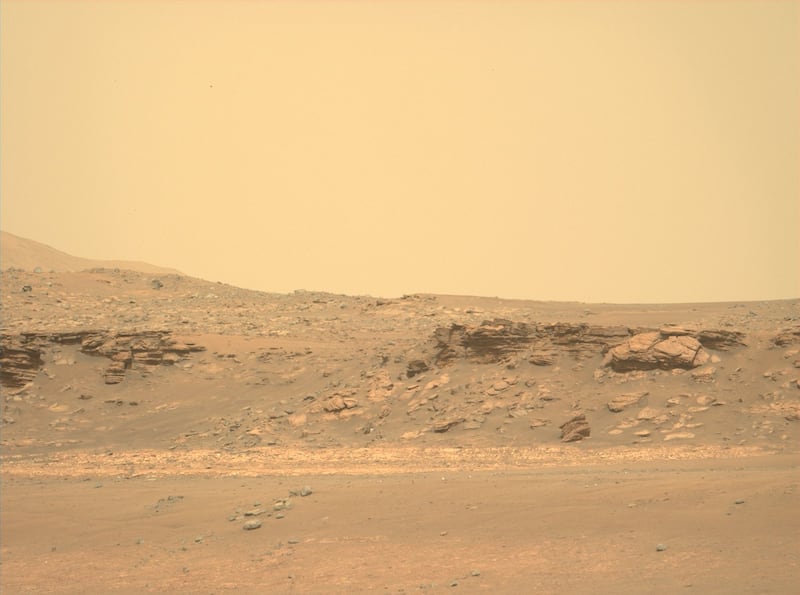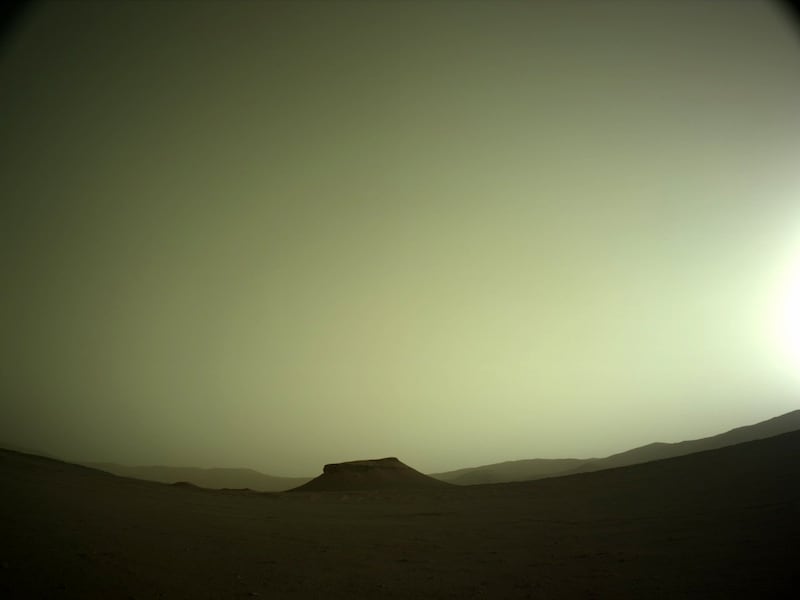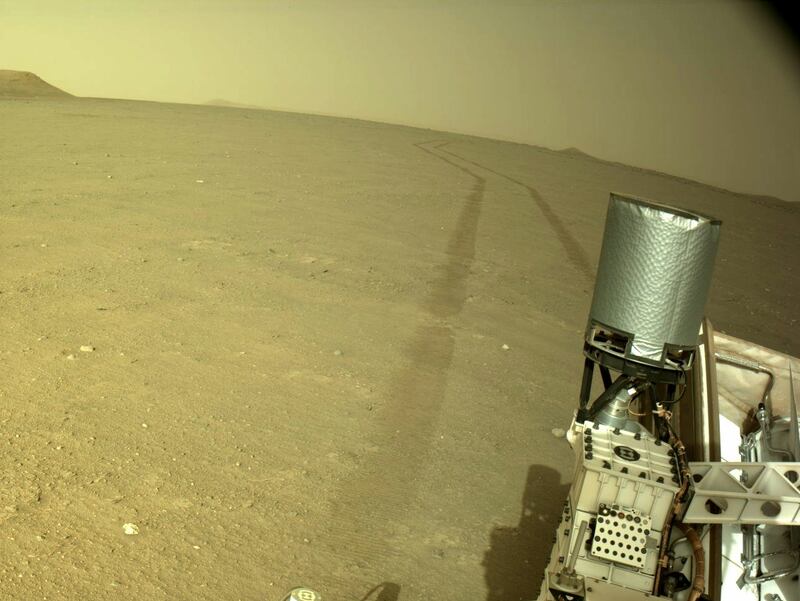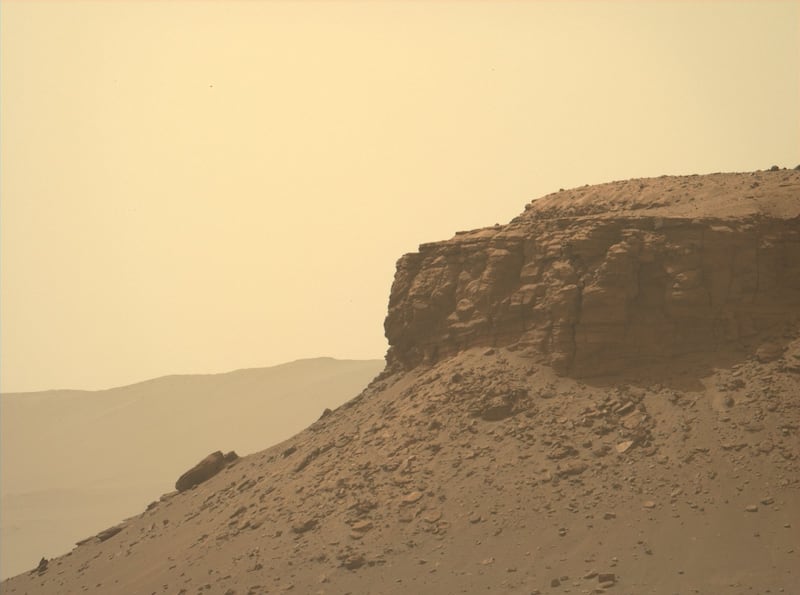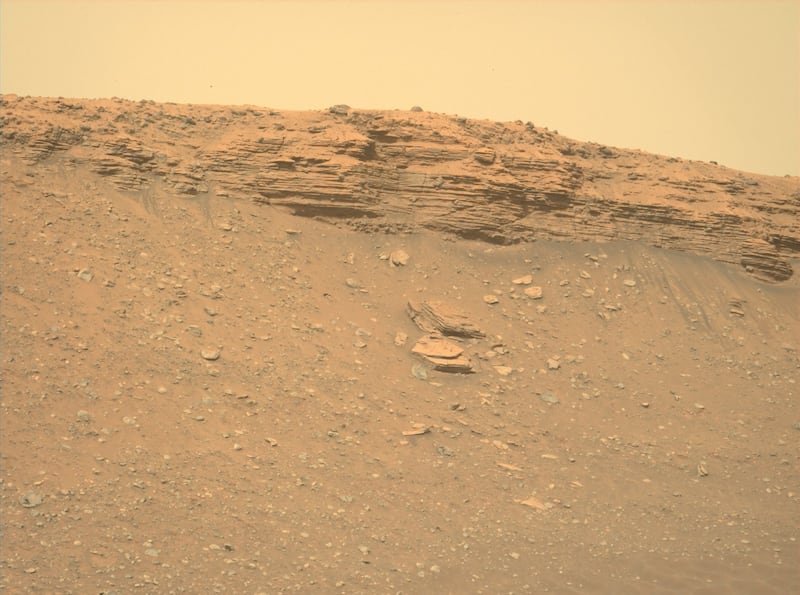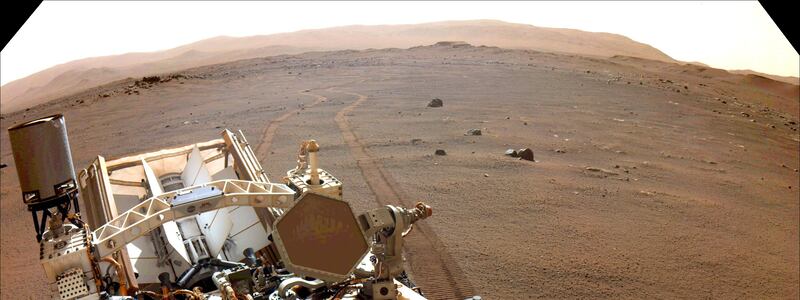Nasa is reaching out to private companies on how to return samples from Mars after it said that its original plan, with a budget of $11 billion, was “too expensive”.
The US space agency spent $2.4 billion on the Perseverance mission, which landed on Mars in 2021 and collected soil and rock samples.
Nasa's initial plan involved developing a mission with the European Space Agency that would return the samples by 2040 for scientists to study. However, the US space agency is now rethinking the schedule, budget and design.
“Mars Sample Return will be one of the most complex missions Nasa has ever undertaken,” said Nasa administrator Bill Nelson on Monday.
“The bottom line is, an $11 billion budget is too expensive, and a 2040 return date is too far away.
“Safely landing and collecting the samples, launching a rocket with the samples off another planet – which has never been done before – and safely transporting the samples more than 33 million miles [53 million km] back to Earth is no small task.
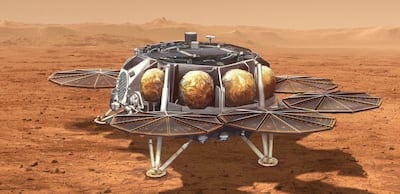
“We need to look outside the box to find a way ahead that is both affordable and returns samples in a reasonable time frame.”
The agency said it would ask for architecture proposals from private companies that could return samples in the 2030s, with lower cost, risk and mission complexity.
If such a mission was successful, it would be the first time samples from the Red Planet were returned to Earth to be studied. It would help scientists to better understand the formation and evolution of the solar system and prepare future astronauts to land on Mars and search for ancient signs of life.
“To organise a mission at this level of complexity, we employ decades of lessons on how to run a large mission, including incorporating the input we get from conducting independent reviews,” said Nicky Fox, associate administrator of the science mission directorate at Nasa.
“Our next steps will position us to bring this transformational mission forward and deliver revolutionary science from Mars – providing critical new insights into the origins and evolution of Mars, our solar system, and life on Earth.”
New footage shows the Perseverance rover's final descent to Mars
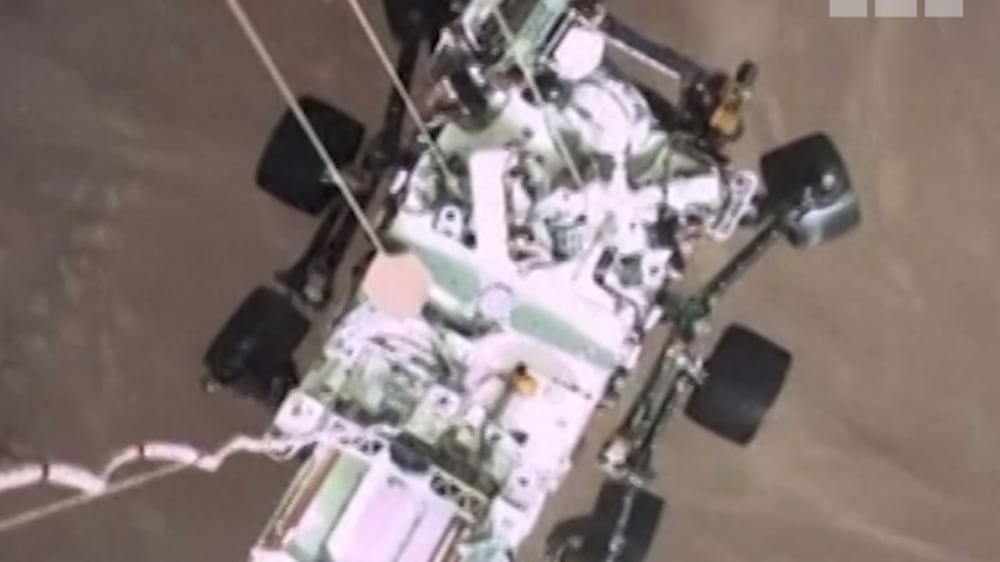
It is believed the planet hosted life billions of years ago, with flowing rivers and a thick atmosphere. But its magnetic field was lost after its iron-core mechanism shut down.
The lack of a magnetic field left the planet vulnerable to solar wind, which stripped away its atmosphere, leaving Mars inhabitable.
In 1971, the former Soviet Union became the first country to land a rover on Mars, but the craft stopped sending signals 20 seconds after touching down.
Nasa rovers that have landed on Mars over the past few decades have furthered the understanding of the planet, including the Perseverance, Opportunity, Spirit and Curiosity rovers.
China landed its first rover on Mars in 2021, called Zhurong, but it went silent in 2022.
